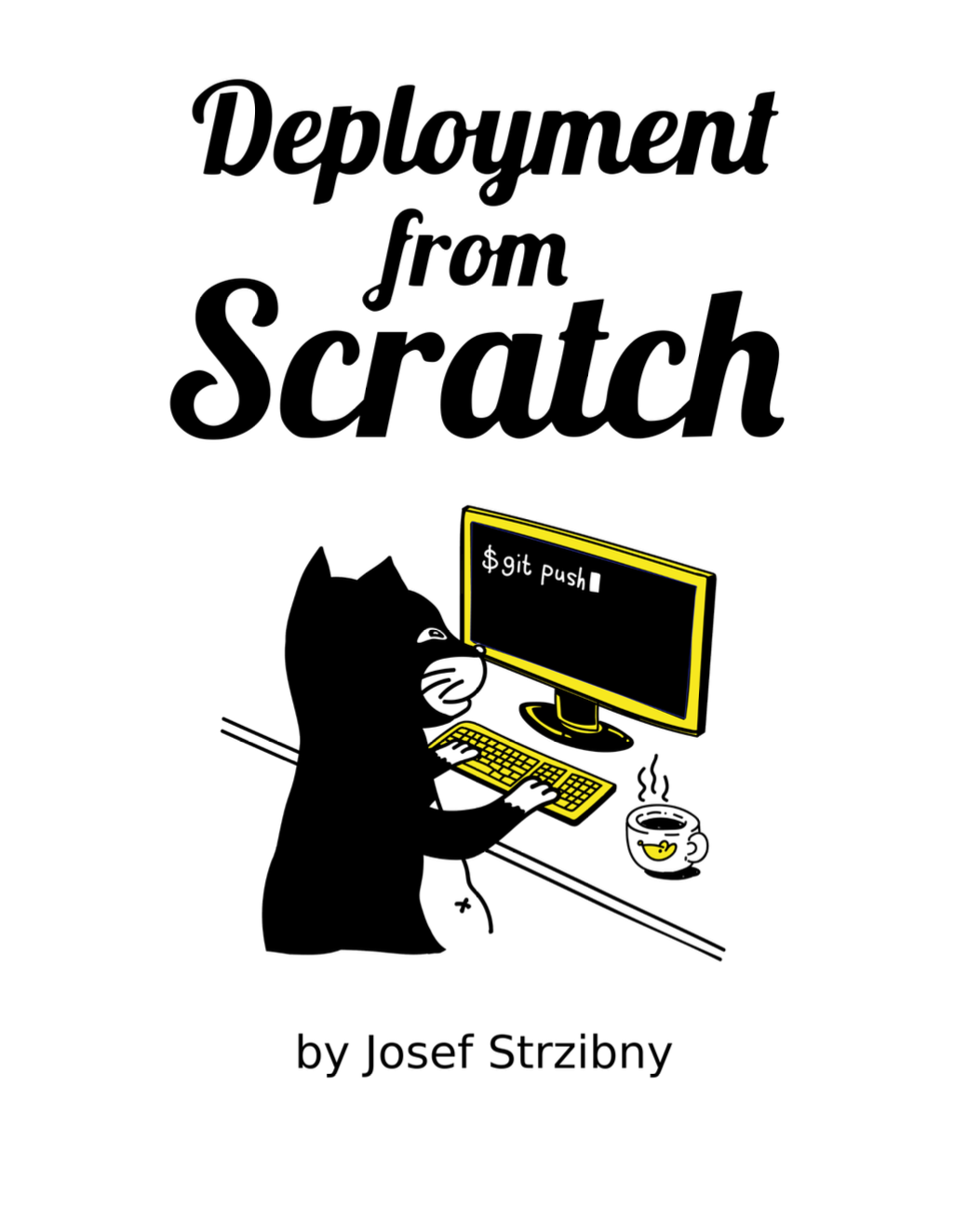If you ever used the time to measure the program’s execution, you might want to know how to improve your results by running with a higher process priority.
time vs /usr/bin/time
First of all, it’s important to realize that running time and /usr/bin/time might not be the same thing. While time should be running the first program on $PATH, it doesn’t necessarily end up running /usr/bin/time:
$ time
real 0m0.000s
user 0m0.000s
sys 0m0.000s
$ /usr/bin/time
/usr/bin/time: missing program to run
Try '/usr/bin/time --help' for more information.
That is because time is also a Bash function (on Fedora-based systems), which can also benchmark your program run, but lacks the detailed -v (as “verbose”) option, among other things.
So ideally, you want to make sure to benchmark programs as:
$ /usr/bin/time -v $PROGRAM
More accurate benchmarks
Because Linux tries to give all running processes access to CPU, there will be a lot of context switching involved during your benchmark. chrt is a small program to manipulate the real-time attributes of a given process that can help us combat it. With its -f option, we can change the FIFO priority to give the process under benchmark the priority it needs. We prepend the whole time command with chrt -f 99:
$ sudo chrt -f 99 /usr/bin/time -v $PROGRAM
Now we get more accurate results when benchmarking with time.
Alternatives
The time program is not the only program we can use. A good alternative to /usr/bin/time is perf stat for which we need the perf package (on Fedora):
$ sudo dnf install -y perf
Again, we should run it with chrt -f 99 and -ddd to get the most accurate and detailed report:
$ sudo chrt -f 99 perf stat -ddd $PROGRAM
perf stat can also show cache misses or instructions-per-cycle.

